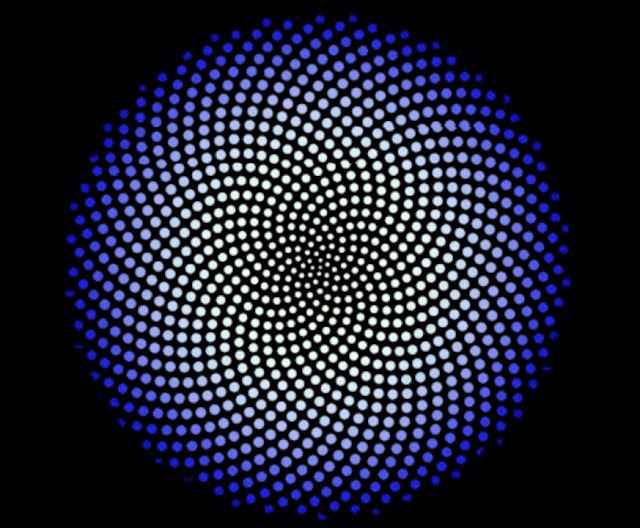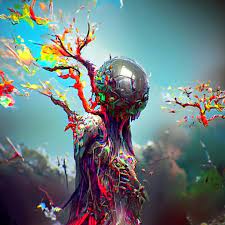Our scientists can count their elements, and while they are on the wrong track, they will discover more and more elements until they are ready to go out of their minds. And while they create instruments to deal with smaller and smaller particles, they will see smaller and smaller particles, seemingly without end. As their instruments rach further into the physical universe, they will see further and further into the physical universe, they will automatically and unconsciously transform what they apparently see into the camouflage patterns with which they are familiar. They will be, and are, prisoners of their tools.
More galaxies will seemingly be discovered, more mysterious radio stars perceived, until, the scientists realize that something is wrong. Instruments designed to measure the vibrations with which scientists are familiar will be designed and redesigned. All kinds of seemingly impossible phenomena will be discovered with the instruments.
The trouble is that the instruments will be designed to catch certain camouflages, and they will perform their function. They themselves transform data from terms we cannot understand into terms that we can understand. This involves a watering down of data, a simplification that distorts the original information out of shape. The original is hardly discernible when they are done. We are destroying the meaning in the translation. When we decipher one phenomena in terms of another, we always lose sight of whatever glommer of understanding that may have reached us.
It is not a matter of inventing new instruments any longer, but of using the ‘invisible’ ones we have. These may be known and exmained. This material itself is evidence. It is like the branch that moves, so that we know the wind by its effect; and a windbag like me by the billowing gale of my dialogues.
Scientists realize that the atmosphere of the earth has a distorting effect upon their instruments. What they do not understand is that their instruments themselves are bound to be distortive. Any material instrument will have built-in distortive effects. The one instrument which is more important than any other is the mind (not the brain), the meeting place of the inner and outer senses.
The mind is distributed throughout the entire physical body, and builds up about it the physical camouflage necessary for existence on the physical level. The mind receives data from the inner senses and forms the necessary camouflage.
The brain deals exclusively with camouflage patterns, while the mind deals with basic principles inherent on all planes. The brain is, itself, part of the camouflage pattern and can be interpreted and probed by physical instruments. The mind cannot. The mind is the connective. It is here that the secrets of the universe will be discovered, and the ind itself is the tool of discovery.
We might say that the brain is the mind in camouflage. Imagination belongs to the mind, not the brain. Instruments may be used to force imagination to move along in terms of its owner’s personal memories, but it cannot be forced to move along the lines of conceptual thoughts because the imagination is a connective between the physical individual and the non-physical entity.











